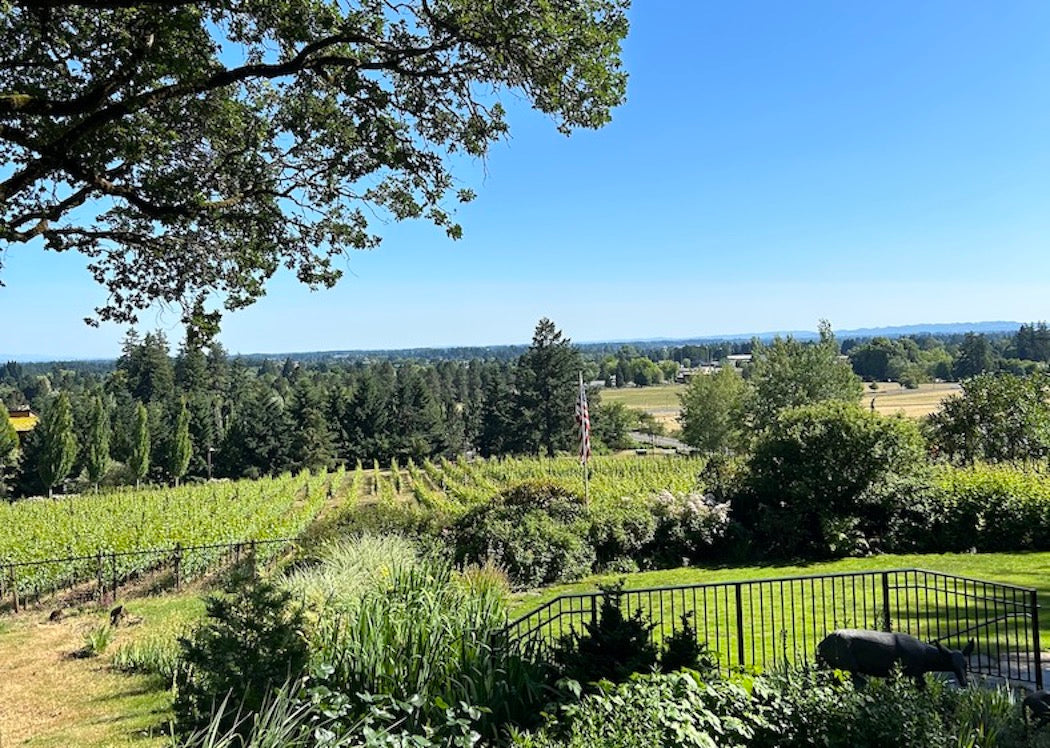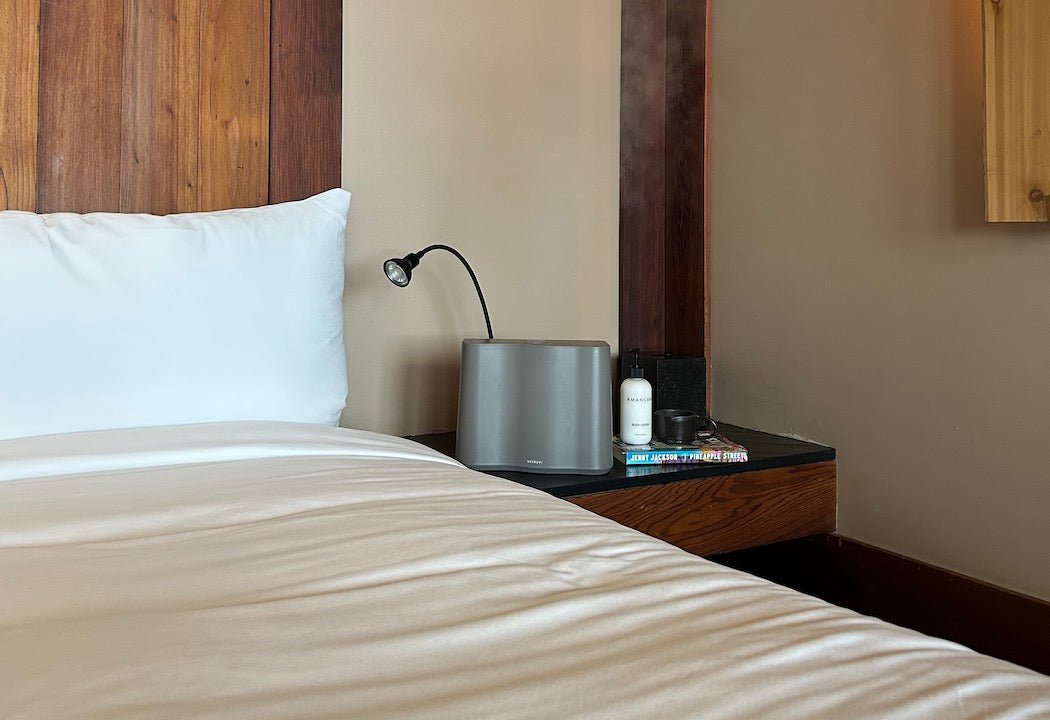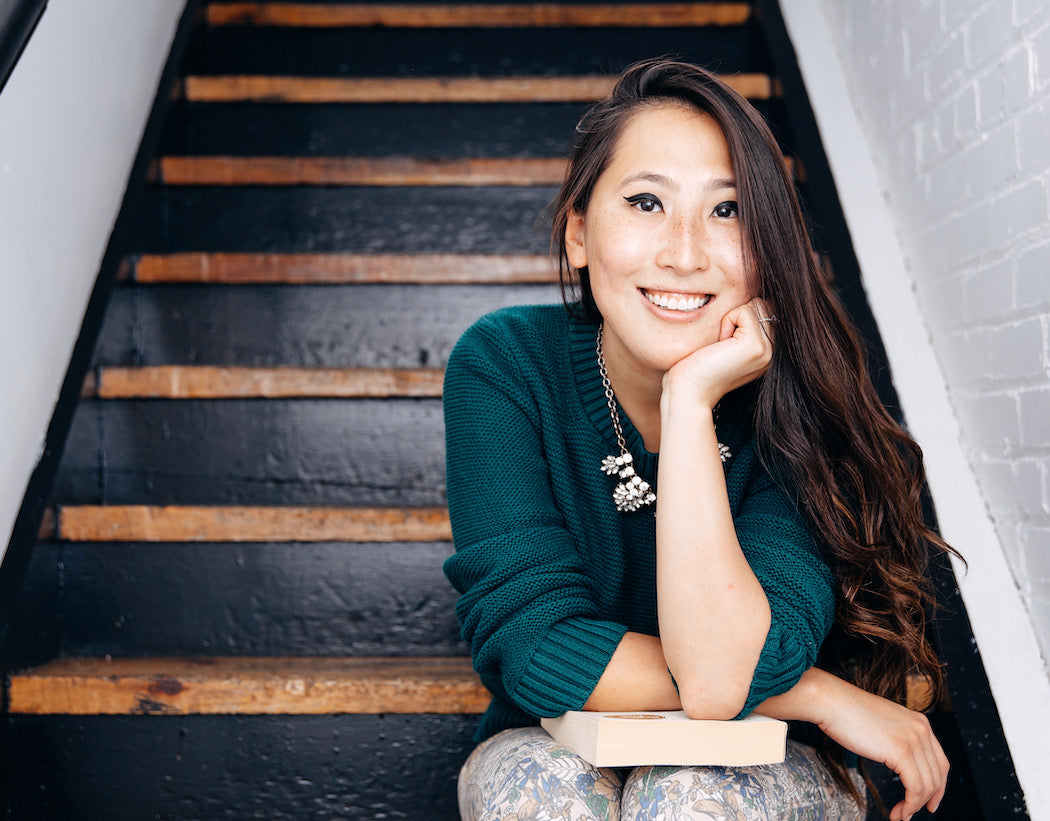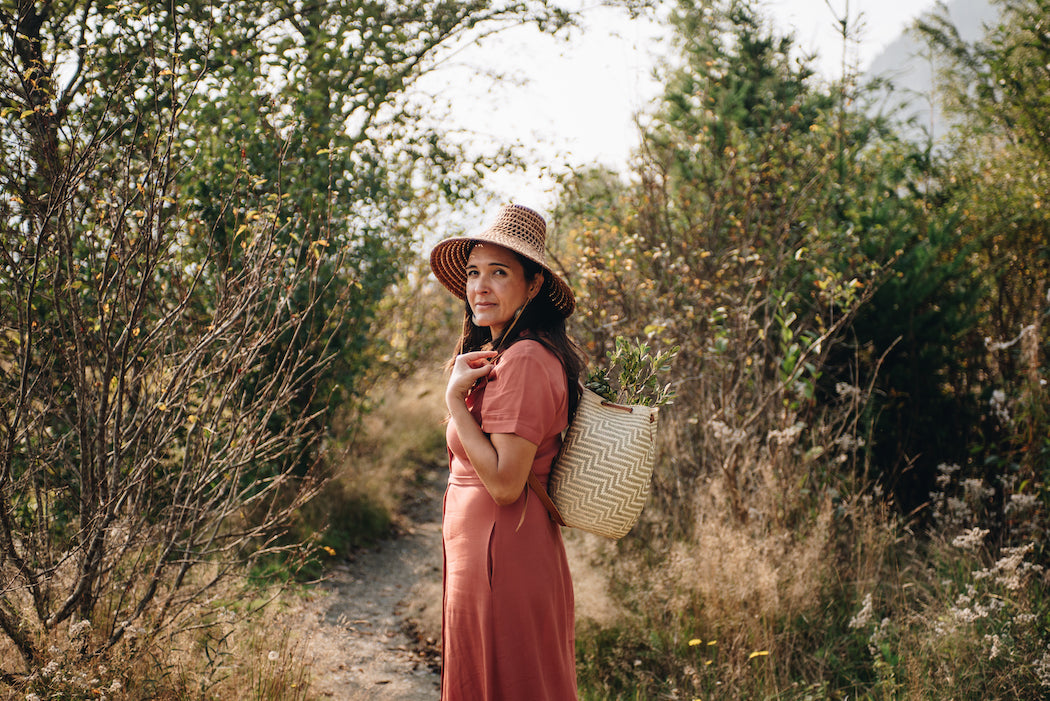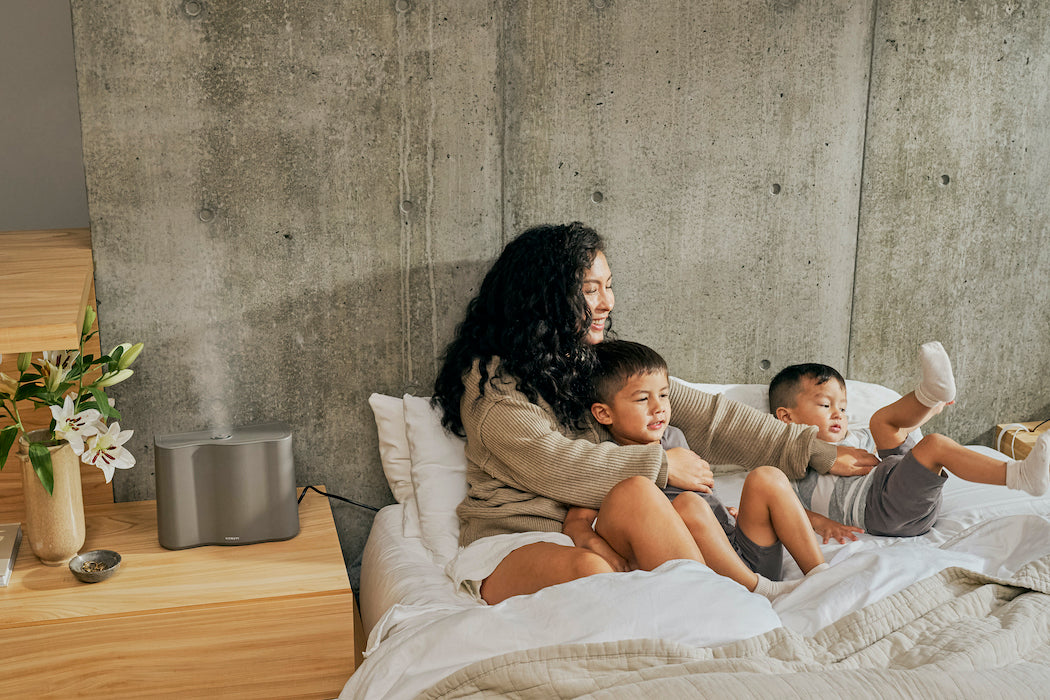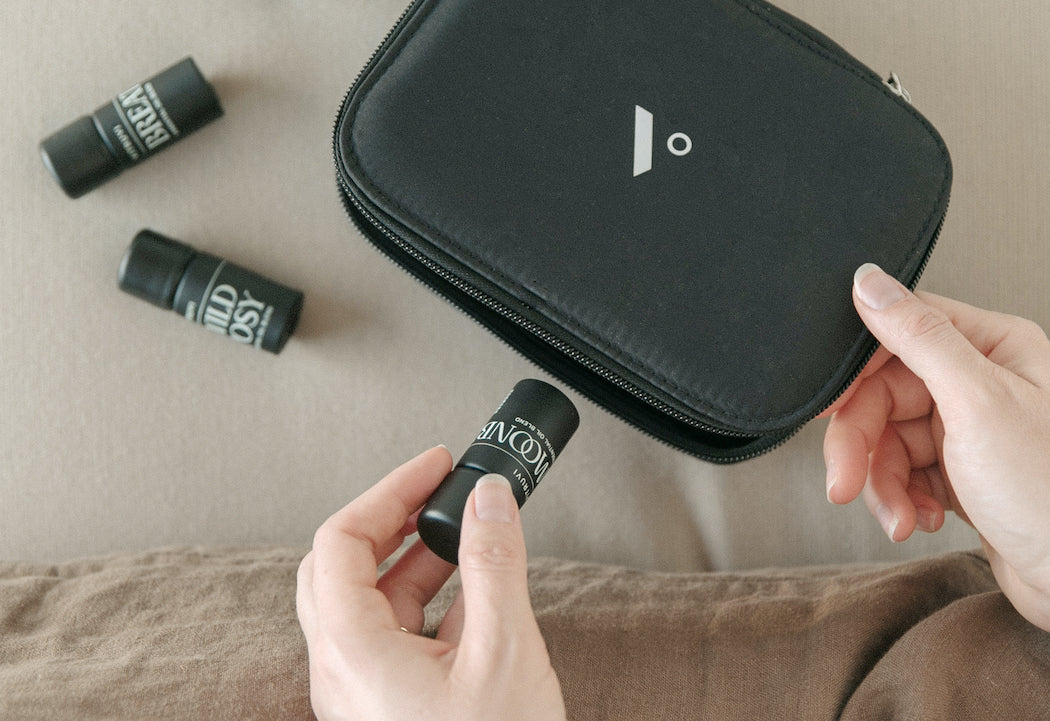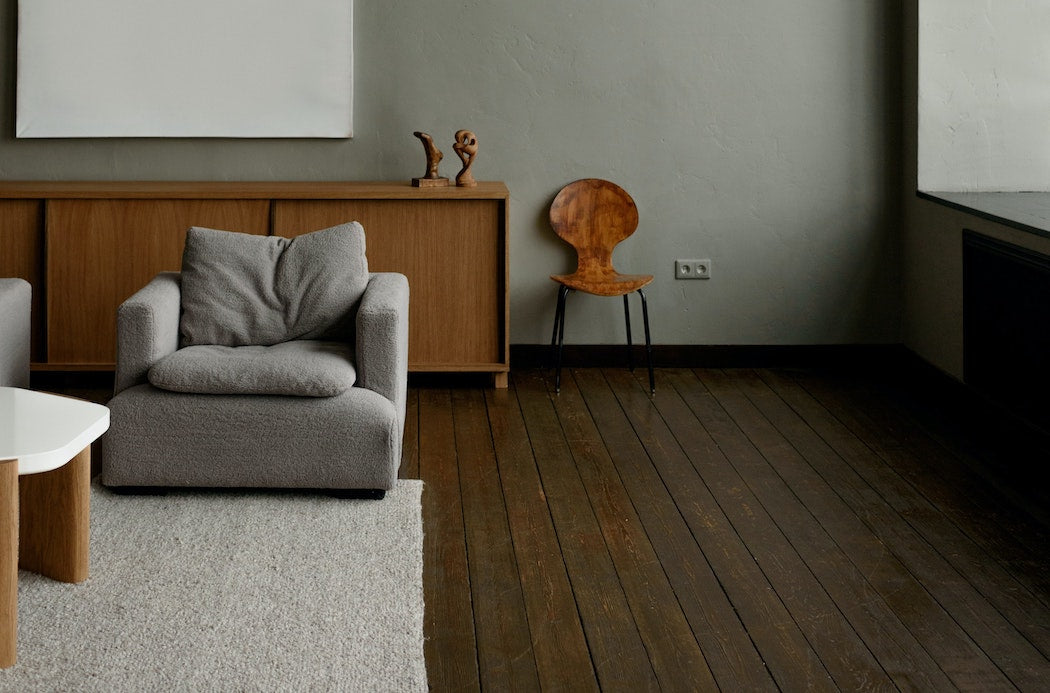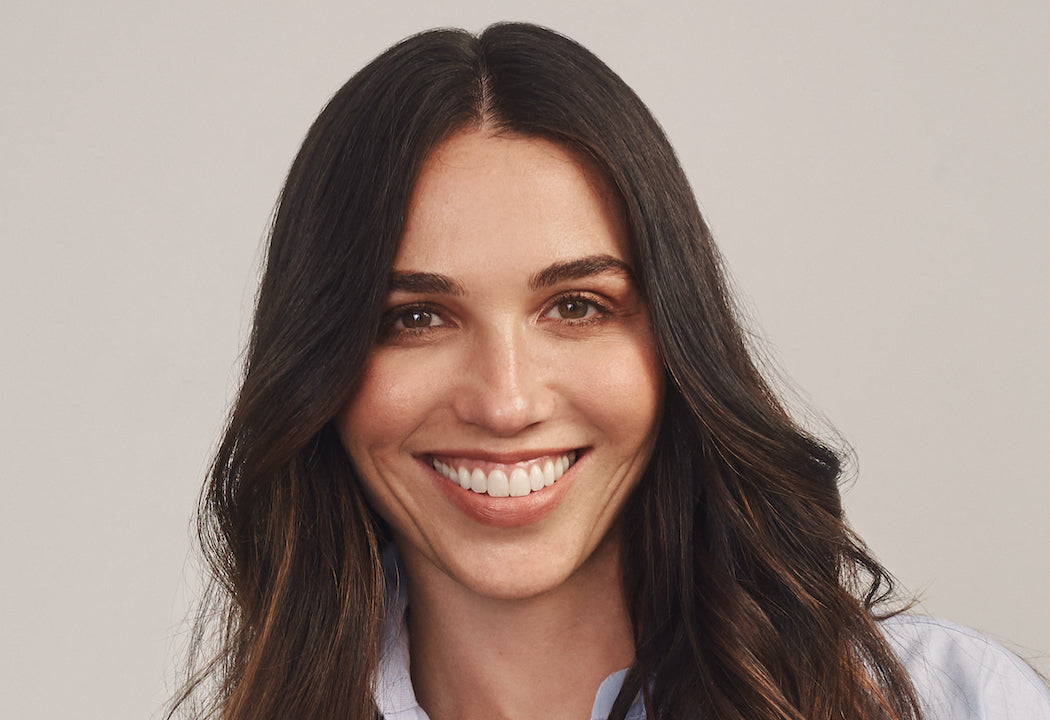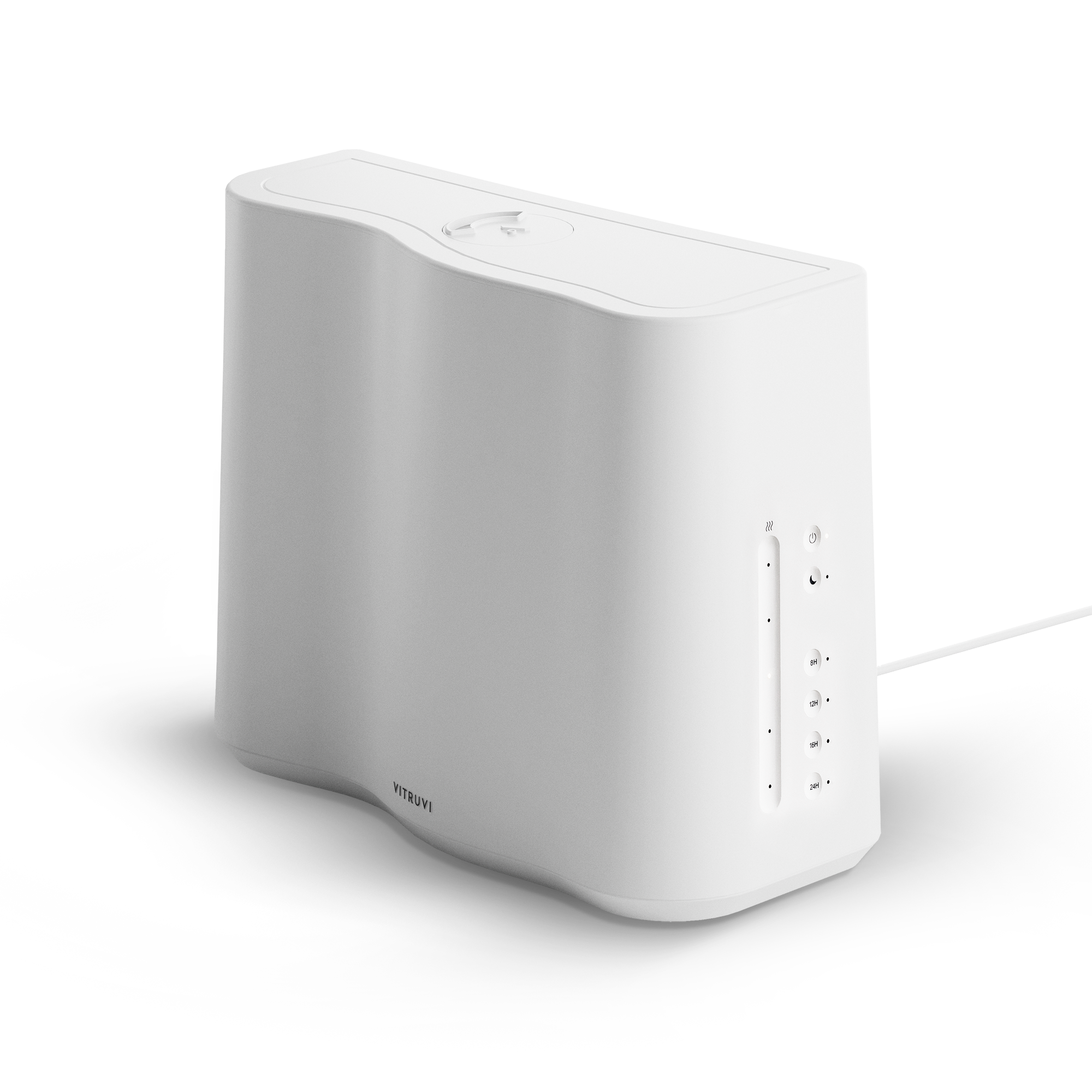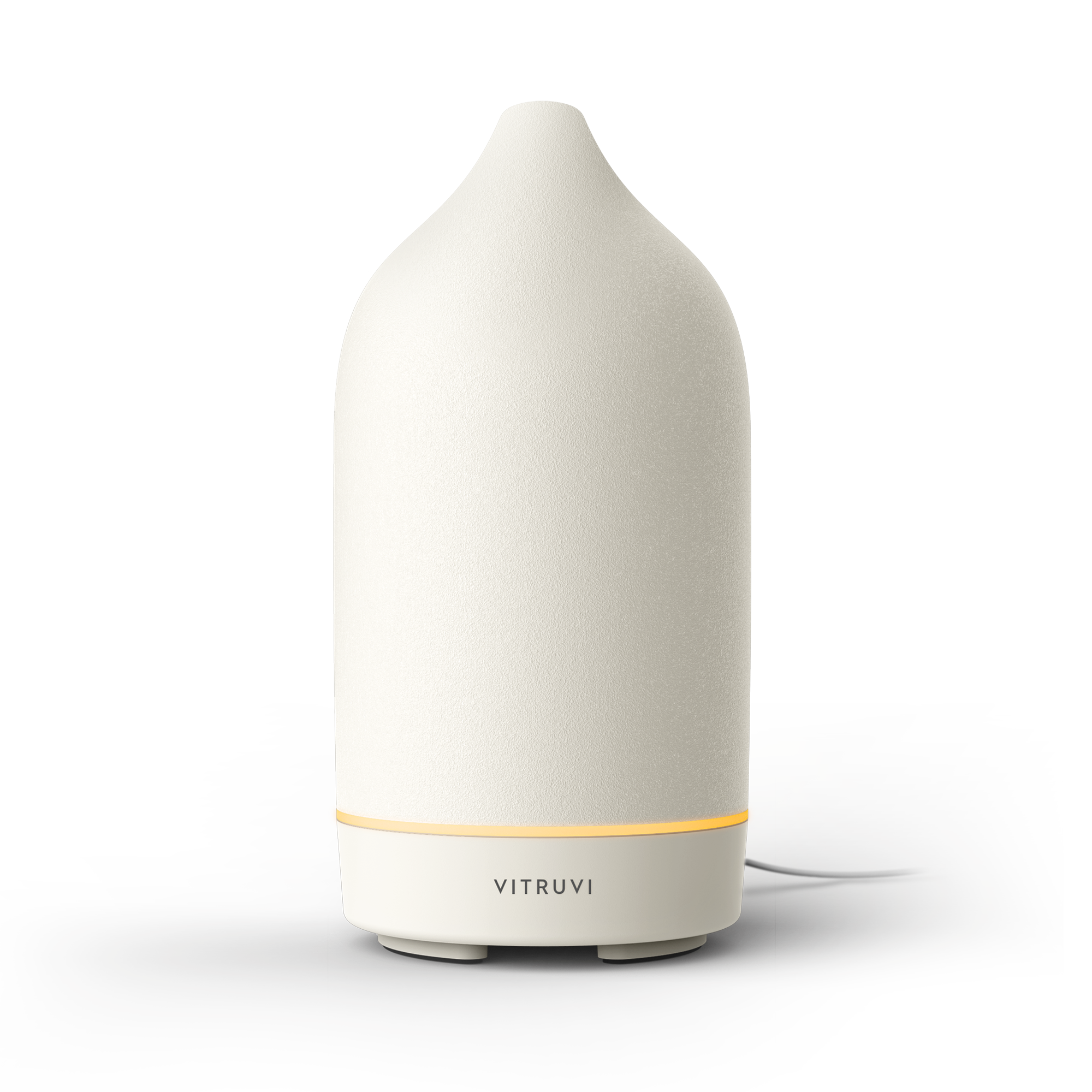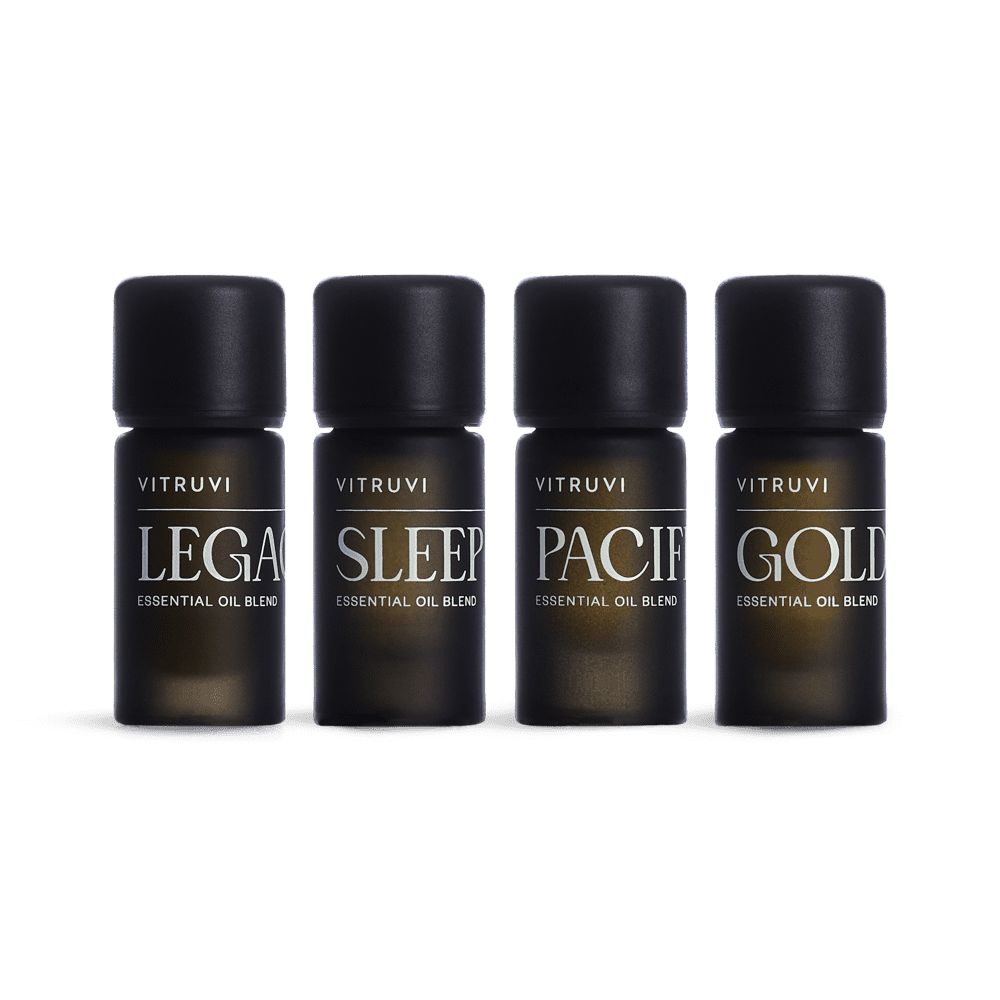When I was a child growing up in Tehran, our home was always fragrant with my mom’s delicious cooking. I especially remember the smell around springtime, because the aroma of her spices would mix with the smell of hyacinth and other blooming florals as we prepared to celebrate Norwuz, the Persian new year.
Nowruz, like all Persian holidays, follows the solar calendar; it marks the first day of spring in the Northern Hemisphere. Universally across cultures, there is a certain amount of excitement in the air as families get ready to celebrate the ushering in of the new year; this was the same for my family each year as we prepared to mark this ancient tradition. There was so much to look forward to.
I would impatiently count down the days as we cleaned our home—spring cleaning is a tradition that is looked upon with great importance—and set out our haft-seen. The haft-seen is a spread of seven symbolic items starting with the letter S; seven is considered a prosperous number, and each item is a symbol of nature, renewal, prosperity, and good fortune that Iranian families set out during the 13 days of new year festivities. There are a great deal of traditions and customs that herald the new year, but all are centered around honoring family, nature, and giving.
For us, visiting my grandparents (as the eldest members of our family) came first, followed by many parties and sumptuous meals graciously prepared by my mom. Our dining room table was laden by her many culinary creations, along with large baskets of fruits and trays of traditional Persian shirini (desserts). As the youngest members of our family, we received gifts first, which included envelopes of money that my parents and the elders in our family would have carefully saved for us for this occasion. The gifts were passed to us with a blessing and kiss on the forehead and a wish for a prosperous future.
Although today I live in Vancouver and am far away from my country of birth, I celebrate Nowruz in every way possible with my little family here in Canada. Around this time of year, as blossoms start blooming, I am taken right back to my childhood home and the memories of celebrating with my family.
How to decorate a haft-seen table
As the founder of CountDown Events Planning and Design and the Crème de la Crème Grand Wedding Showcase, I am very passionate about event and table design. Here are the items needed for a haft-seen tablescape.
- Sabzeh: green sprouts, symbolizing renewal and rebirth
- Sonbol: hyacinth, symbolizing spring and nature
- Seeb: apple, symbolizing beauty
- Senjed: oleaster, symbolizing love and affection
- Samanu: pudding, symbolizing sweetness of life and fertility
- Seer: garlic, symbolizing health
- Somâgh: sumac, symbolizing sunrise and the spice of life
Along with these symbolic items, a book of Hafez poetry is also placed on the table. This allows for the telling of fortunes by reading the message that the poem delivers.


